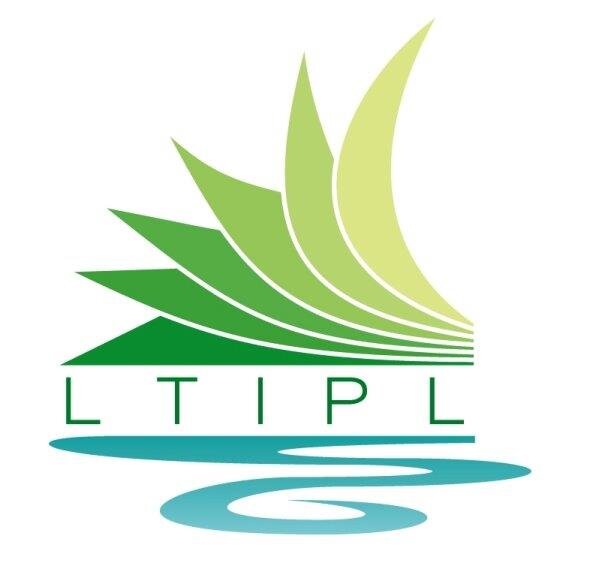
History of LTIPL
Public Library service in Lansdowne began as a mobile library site of the Eastern Ontario Library Services. It first opened in the old egg grading station and was then moved to the school. In 1974, Council decided that the Township should have its own public library service. The Front of Leeds and Lansdowne Public Library was opened in the new community building in 1979.
As a result of amalgamation in 2001, the Lansdowne branch is now the main administration centre of the four branch Township of Leeds and the Thousand Islands Public Library.
Lansdowne
Public Library service in Lansdowne began as a mobile library site of the Eastern Ontario Library Services. It first opened in the old egg grading station and was then moved to the school. In 1974, Council decided that the Township should have its own public library service. The Front of Leeds and Lansdowne Public Library was opened in the new community building in 1979.
As a result of amalgamation in 2001, the Lansdowne branch is now the main administration centre of the four branch Township of Leeds and the Thousand Islands Public Library.
Seeley’s Bay
This public library branch first opened about 1971 in a former laundromat next to Sweet’s General Store in Seeley’s Bay. In 1975, it was joined with the Rideau Lakes Union Library. Ralph and Helen Sweet and family generously donated the current property and library building to the Municipality of the Rear of Leeds and Lansdowne.
The branch, in its new location, was officially opened on June 1, 1985 coinciding with the 10 year anniversary of the Rideau Lakes Union Library. The community hosted a ‘roast night’ for the Sweets and many other donations to the Library were also received. Helen Sweet was on the first committee to bring public library service to this part of Leeds and Grenville. Former librarians include Hilda Simpson (1982-1995), Anne Redish (1995-1997) and Susie Allen (1998-2004). In January 2001, the Seeley’s Bay Branch became part of the Township of Leeds and the Thousand Islands Public Library system.
Lyndhurst
This public library branch first opened around 1971. As part of the Rear of Leeds and Lansdowne Public Library system, it was moved to several locations including the conservation hall, an old bookmobile and a rented storefront where it finally stayed for about 20 years. The Lyndhurst Branch joined the Rideau Lakes Union Library in 1975 as one of the original six branches.
In 1999, the Rear of Leeds and Lansdowne renovated an old church across from the storefront site and moved the branch to its current location. The official opening was October 23, 1999. In January 2001, the Lyndhurst Branch became part of the Township of Leeds and the Thousand Islands Public Library system.
Escott
The Escott Public Library Board was established by by-law on December 15, 1973. The library was located in the Front of Escott school until it was moved to the Springfield House in about 1981. In 2001, the Escott Branch became part of the Township of Leeds and the Thousand Islands Public Library system.
A small museum is housed on the upper floors of the Springfield House. To visit the museum, please arrange appointments through the Municipal Heritage Committee.
Leeds & Thousand Islands Archives
The Leeds & the Thousand Islands Archives is a partnership between the Leeds & 1000 Islands Historical Society, Municipal Heritage Committee, and Leeds and the Thousand Islands Public Library. Our mandate is to acquire, preserve, promote and make available the historical record of the Township of Leeds and the Thousand Islands.
We are currently located in the former Front of Escott Township Hall in Escott.
Archive Services & Research
Our collections include the Archives of the former Township of the Rear of Leeds and Lansdowne, the former Township of Escott, and the Leeds & 1000 Islands Historical Society (representing the former Township of the Front of Leeds and Lansdowne).
The Archives can be used for local history and genealogy research, as well as research for historical tours and more! Our collections include a wide variety of fascinating materials about our community-letters, diaries, municipal documents, maps, drawings, postcards, and photographs.






